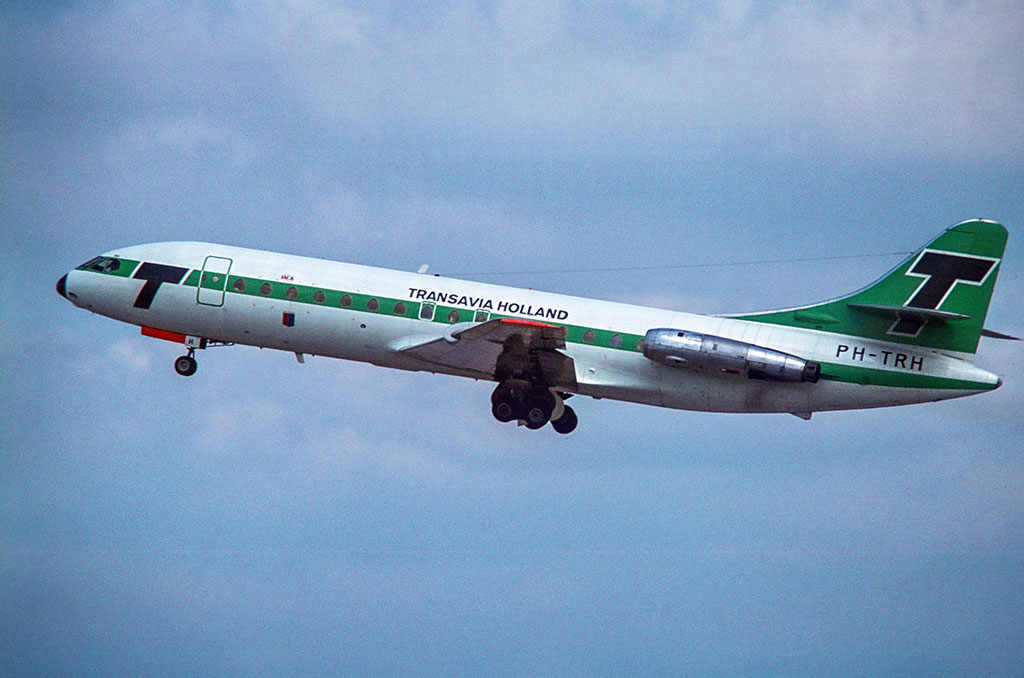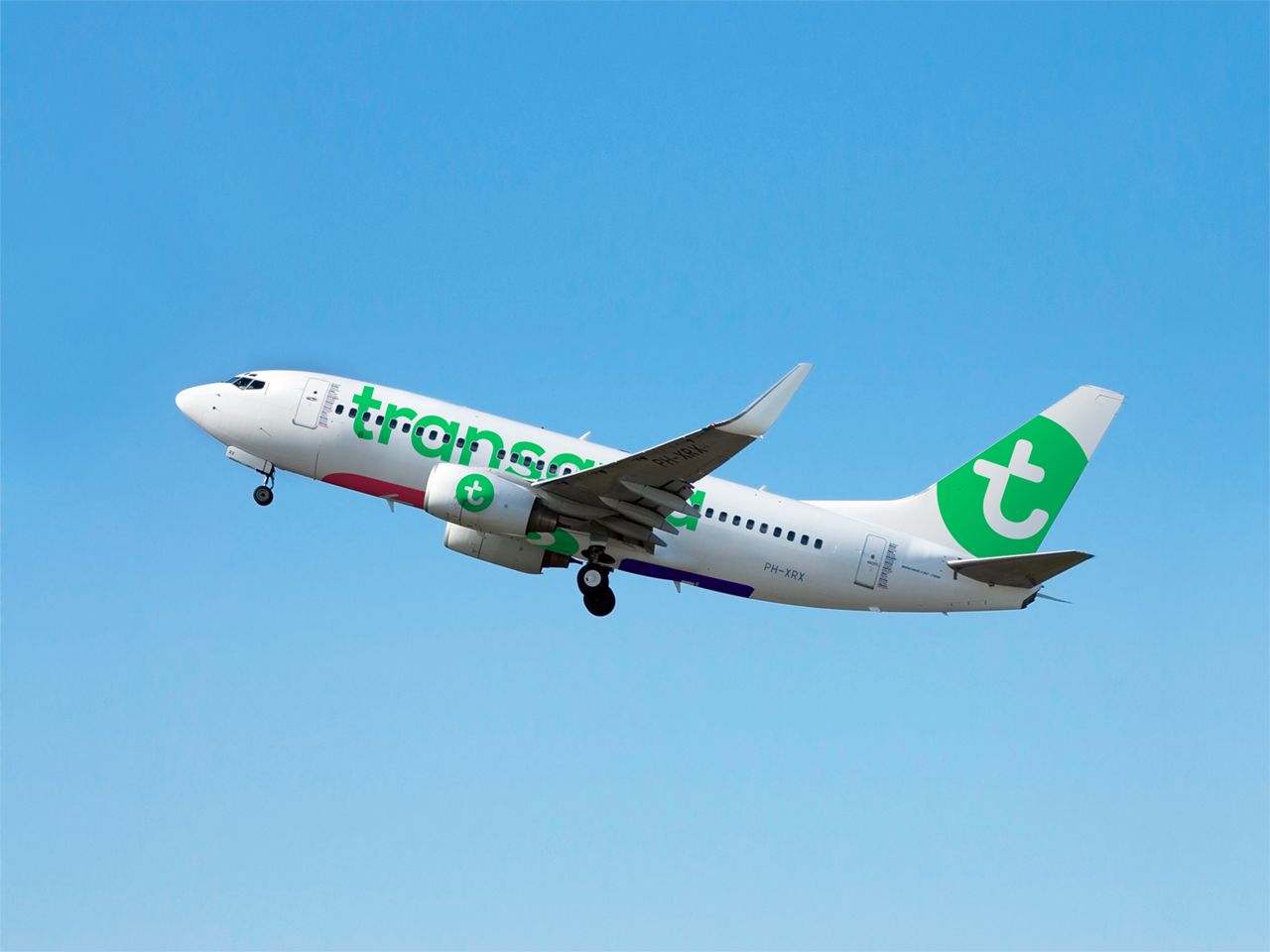Transavia, the Dutch low-cost airline with a strong presence in Europe, has a rich history that spans over five decades. Established in 1965 as Transavia Limburg, the airline has grown into one of Europe’s leading leisure carriers, now part of the Air France-KLM group. For aviation enthusiasts and plane spotters, Transavia’s fleet history offers an interesting snapshot of the evolution of commercial aviation in the region.
The Early Years: Turboprops and Early Jets



In its early years, Transavia operated a small fleet of turboprop aircraft, including the Douglas DC-6. These aircraft were used for charter flights, primarily flying passengers from the Netherlands to holiday destinations around the Mediterranean.
In the 1970s, Transavia made its first step into the jet age with the addition of the Sud Aviation Caravelle, a twin-jet airliner that served the airline well in its early charter business.
Then, from the 1976 Transavia introduced its first Boeing 707-300 airliners, which stayed with the fleet until the early 1980s. Four were operated.
The Boeing 737 and 757 Legacy

Photo (c) Joost J. Bakker

Transavia’s true transformation came in the 1980s with the introduction of Boeing 737 aircraft. Over the years, the airline has flown several variants of the 737, and this aircraft has become synonymous with Transavia. The Boeing 737-200 was the first to enter the fleet, in 1974, helping Transavia expand its scheduled services beyond charter flights. The airline then upgraded to more efficient and larger-capacity models, including a large fleet of the 737-300 from 1986.

Konstantin von Wedelstaedt (GFDL 1.2 <http://www.gnu.org/licenses/old-licenses/fdl-1.2.html> or GFDL 1.2 <http://www.gnu.org/licenses/old-licenses/fdl-1.2.html>), via Wikimedia Commons
Larger Boeing 757 aircraft were also introduced from 1992, flying on busier and longer routes out of Amsterdam and Rotterdam. These lasted until 2004.
Today, the Boeing 737 remains the backbone of Transavia’s fleet, with the airline relying primarily on the Boeing 737 Next Generation (NG) family. The Boeing 737-800, with a capacity of around 189 passengers, is the workhorse of the airline, flying to destinations across Europe, North Africa, and the Middle East. Transavia also operates a smaller number of Boeing 737-700s, which are ideal for routes with lower demand.
Recent Additions: Airbus A321neo and A320neo
In a notable shift in its fleet strategy, Transavia has recently expanded beyond its Boeing 737 fleet. In 2023, the airline took delivery of its first Airbus A321neo, a modern, fuel-efficient aircraft that offers a seating capacity of up to 232 passengers. This addition represents a significant milestone for Transavia, as the A321neo provides greater range and improved fuel efficiency compared to the Boeing 737-800. The A321neo is expected to become a key part of Transavia’s future fleet, particularly on longer leisure routes.
Meanwhile, Transavia France, the French subsidiary of Transavia, has also introduced Airbus aircraft into its fleet. Transavia France operates the Airbus A320neo, a smaller sibling to the A321neo but equally efficient. The A320neo’s enhanced fuel economy and environmental credentials make it an attractive option for the airline’s short- to medium-haul operations.
Fleet Modernization and Sustainability
The introduction of the Airbus A321neo and A320neo signals Transavia’s commitment to sustainability and fleet modernization. These new aircraft offer significant reductions in fuel consumption and CO2 emissions, aligning with the airline’s broader goals to improve its environmental impact. For spotters, the arrival of these Airbus jets marks a new chapter in the airline’s fleet evolution.
From its early days operating turboprops and Caravelle jets to its long-standing relationship with the Boeing 737, Transavia has built a strong and reliable fleet over the years. With the addition of the Airbus A321neo and the A320neo in its French operations, the airline is embracing new technologies and more sustainable flying. As Transavia continues to expand and modernize, there will be plenty of exciting developments for plane spotters to keep an eye on in the future.







1 comment
Sorry to nit pick but DC6s are not turboprops.